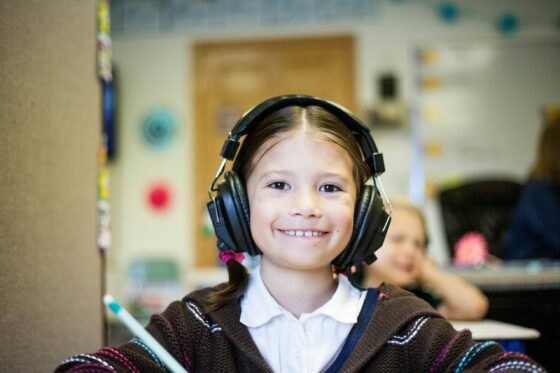
Using The Imagine Project for a Successful Back-to-School Transition
As summer comes to a close, students and teachers alike often face a mix of excitement and anxiety about the new school year. The transition

As summer comes to a close, students and teachers alike often face a mix of excitement and anxiety about the new school year. The transition

It’s back to school time again and most educators are acutely aware of the potential social emotional needs of students. Last school year was a
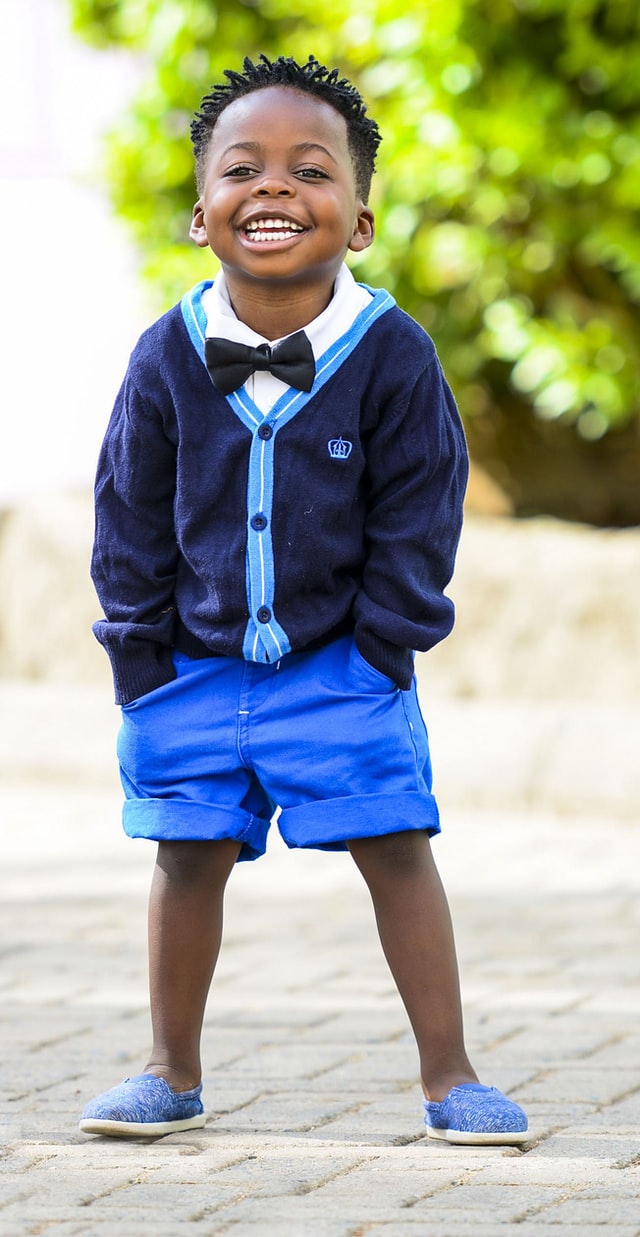
Intuition is not talked about often, but we all have it and we all feel it from time to time. Intuition is important because it’s
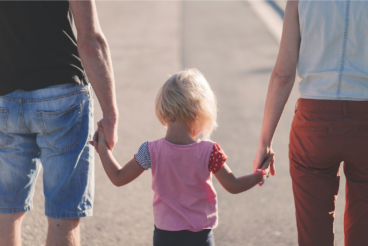
Whether you’re planning a new family or raising children from ages one to eightteen, having great parenting advice can really help you make healthier and

The ways that children use technology on a daily basis is changing. More and more, younger generations are spending prolonged periods of time using digital

Transitioning to a Trauma Informed School has become an important movement across the United States, particularly in those schools with a high population of at-risk
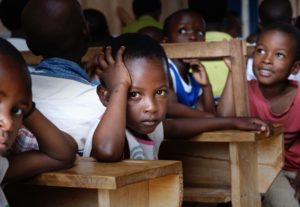
All educators are anxiously awaiting what this fall might look like. Some still aren’t sure if kids will be in the classroom or virtual—and things
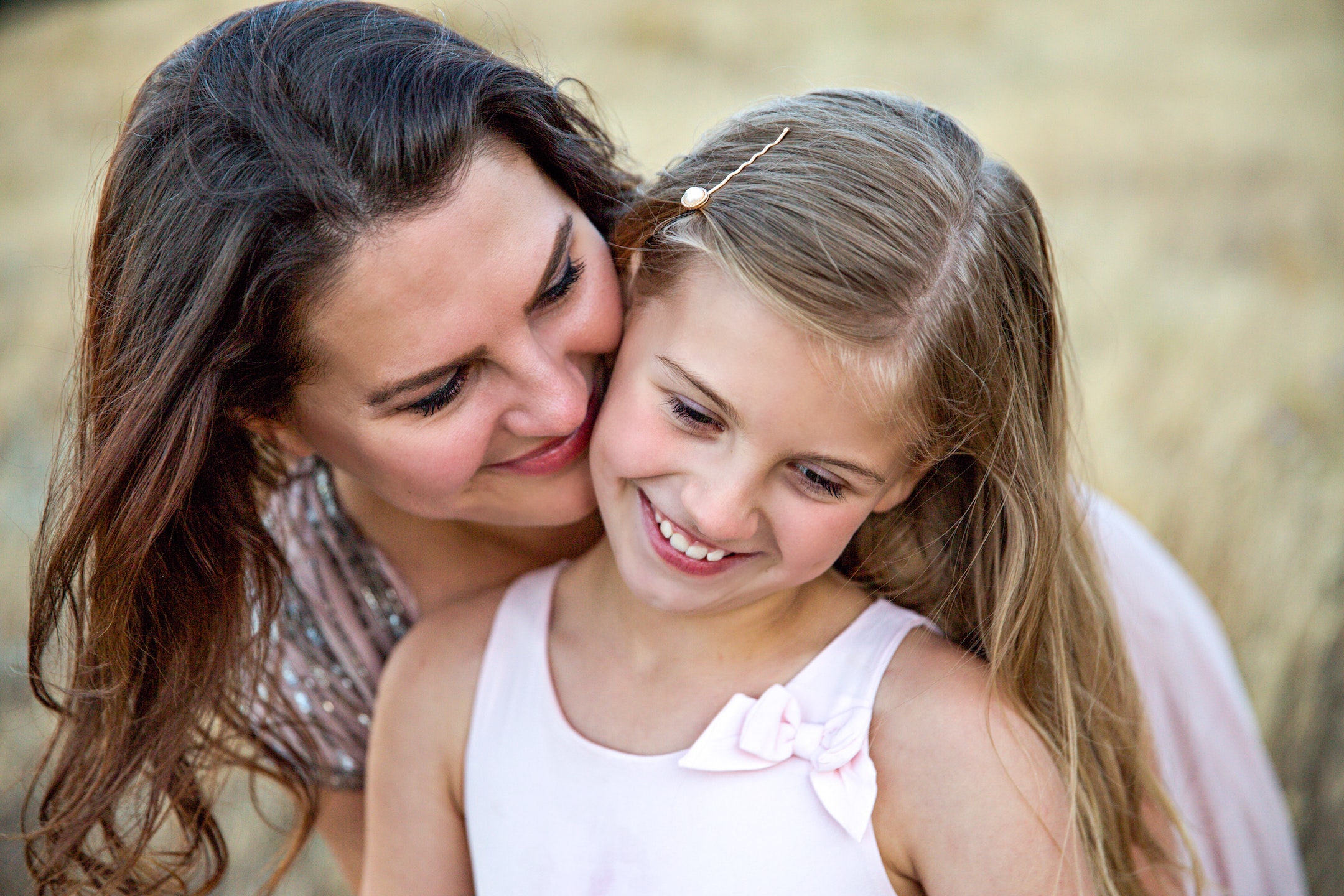
Ugh, life has been challenging lately, sometimes down right hard! Many of us are facing situations we never thought we would ever encounter. The stress

Stress is running high right now. Everyone is feeling it, whether it’s a change in our everyday routines, being worried about a loved one, or
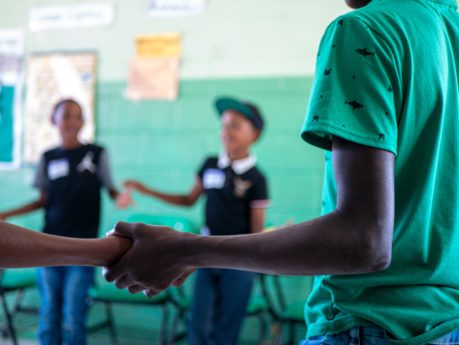
The spirit of giving is all around us this time of year. Giving is the essence of life—taking care of our loved ones, friends, even




Join our community to get the latest tips, exclusive offers, and updates straight to your inbox. Don’t miss out—subscribe now and be the first to know!